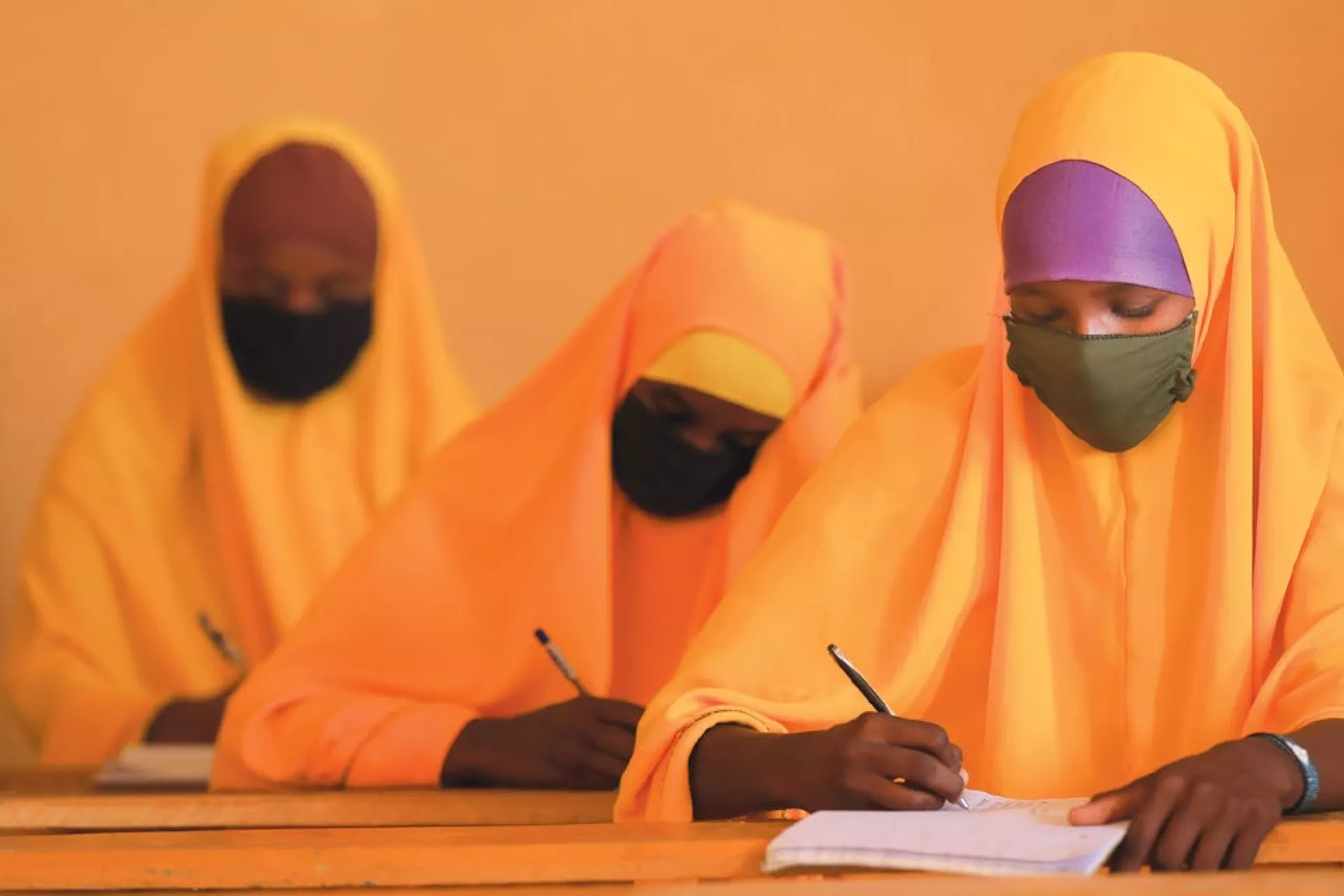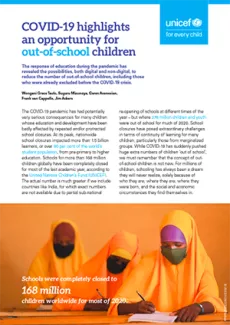COVID-19 highlights an opportunity for out-of-school children
Lessons from COVID-19 to address out-of-school children

About
The COVID-19 pandemic has had potentially very serious consequences for many children whose education and development have been badly affected by repeated and/or protracted school closures. At its peak, nationwide school closures impacted more than 1.5 billion learners, or over 90 per cent of the world’s student population, from pre-primary to higher education. Schools for more than 168 million children globally have been completely closed for most of the last academic year, according to the United Nations Children’s Fund (UNICEF). The actual number is much greater if we include countries like India, for which exact numbers are not available due to partial sub-national re-opening of schools at different times of the year– but where 276 million children and youth were out of school for much of 2020. School closures have posed extraordinary challenges in terms of continuity of learning for many children, particularly those from marginalized groups.
While COVID-19 has suddenly pushed huge extra numbers of children ‘out of school’, we must remember that the concept of out of- school children is not new. For millions of children, schooling has always been a dream they will never realize, solely because of who they are, where they are, where they were born, and the social and economic circumstances they find themselves in.
This brief highlights how the response of education during the pandemic has revealed the possibilities, both digital and non-digital, to reduce the number of out-of-school children, including those who were already excluded before the COVID-19 crisis.

